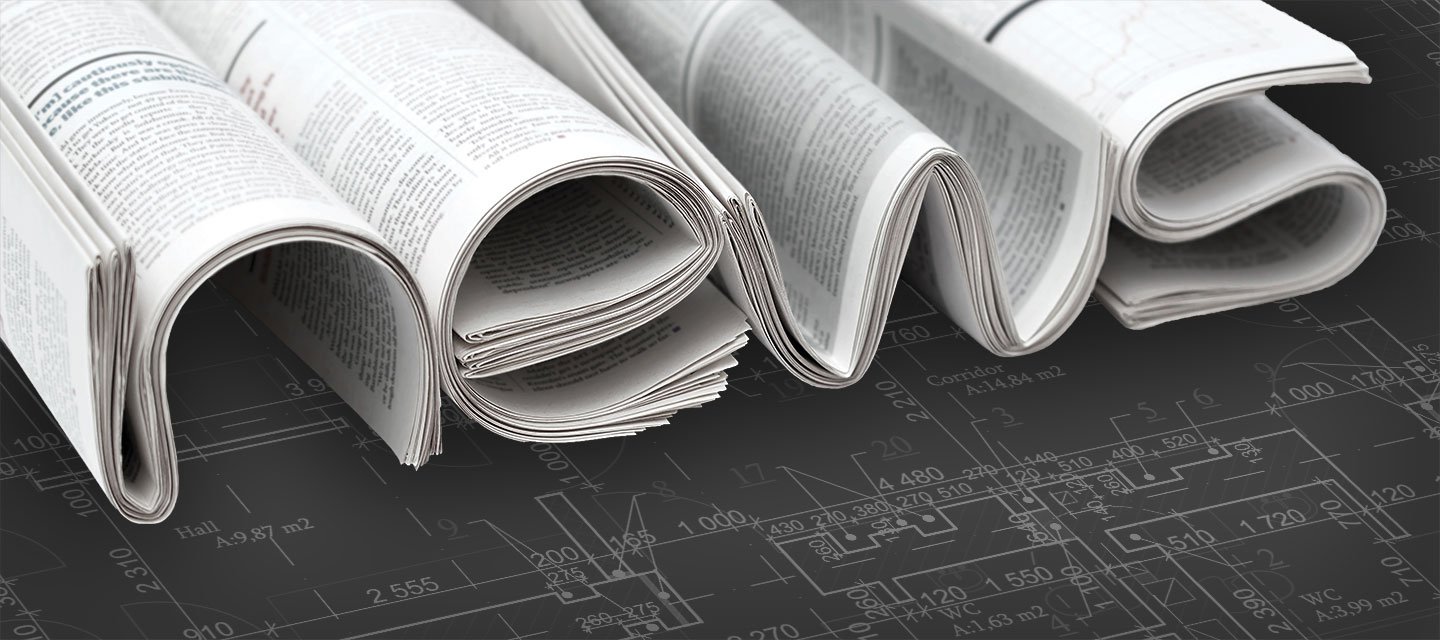RENOVATING WITHOUT DISRUPTING: Smart construction strategies to minimize downtime
Running an Occupied Facility During Construction: It’s Possible…with the Right Team
When it comes to healthcare construction, the stakes are high. You can’t afford to shut down for renovations – patients need care, staff need functional spaces, and operations must continue seamlessly. So how do you upgrade a facility without disrupting critical services?
Unlike traditional multi-firm projects, Bush Construction integrates development, design and construction under one roof. This means a streamlined approach, smarter planning and fewer disruptions – keeping your practice running and your patients happy.
Phased Renovations: Keeping Your Practice Running
Renovating in phases allows your facility to remain open while construction happens in designated areas.
- Minimizing Impact: We carefully plan each phase to keep patient care uninterrupted.
- Temporary Solutions: Swing spaces and temporary treatment areas keep services operational.
- Off-Hours Work: Night and weekend construction limits disruptions during peak hours.

Planning and Communication: Staying One Step Ahead
Our pre-construction, design and project teams will work closely with your staff to ensure seamless coordination and transparency.
Preconstruction Planning: We align work with your least busy times to reduce impact.
Early and Reoccurring Design Walkthroughs: Our designers will walk through phased design plans early and often with your doctors, nurses and office managers integrating workflow needs.
Supply Chain Management: With a fully integrated team, we can sync up early to pre-order materials, preventing delays and avoiding unexpected costs.
Single-Source Contact: One point of communication eliminates misalignment between teams.
ICRA-Certified Teams: Clean and Safe Construction
Healthcare construction requires strict infection control. Our ICRA-certified professionals ensure:
- Blocked-Off Work Zones: Minimizing dust, debris, and airborne particles.
- Clean Air & Spaces: Proper airflow management to prevent contamination.
- Safety First: Strict protocols to protect patients and staff.
A Smarter Approach to Healthcare Construction
Renovations don’t have to be a headache. With Bush Construction, you get a single-source partner that keeps your facility running smoothly. We handle everything—so you can focus on what matters most: your patients.



































